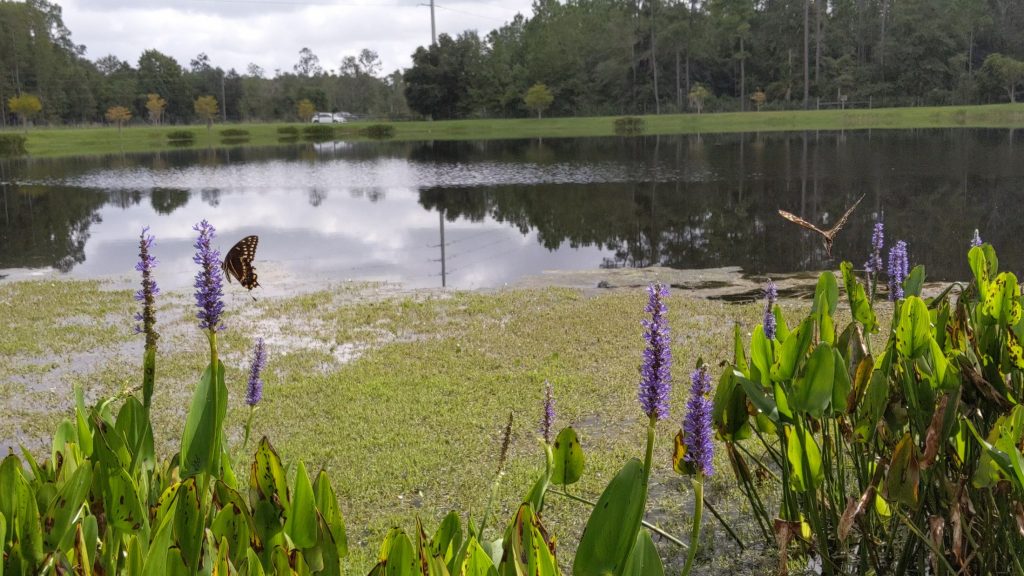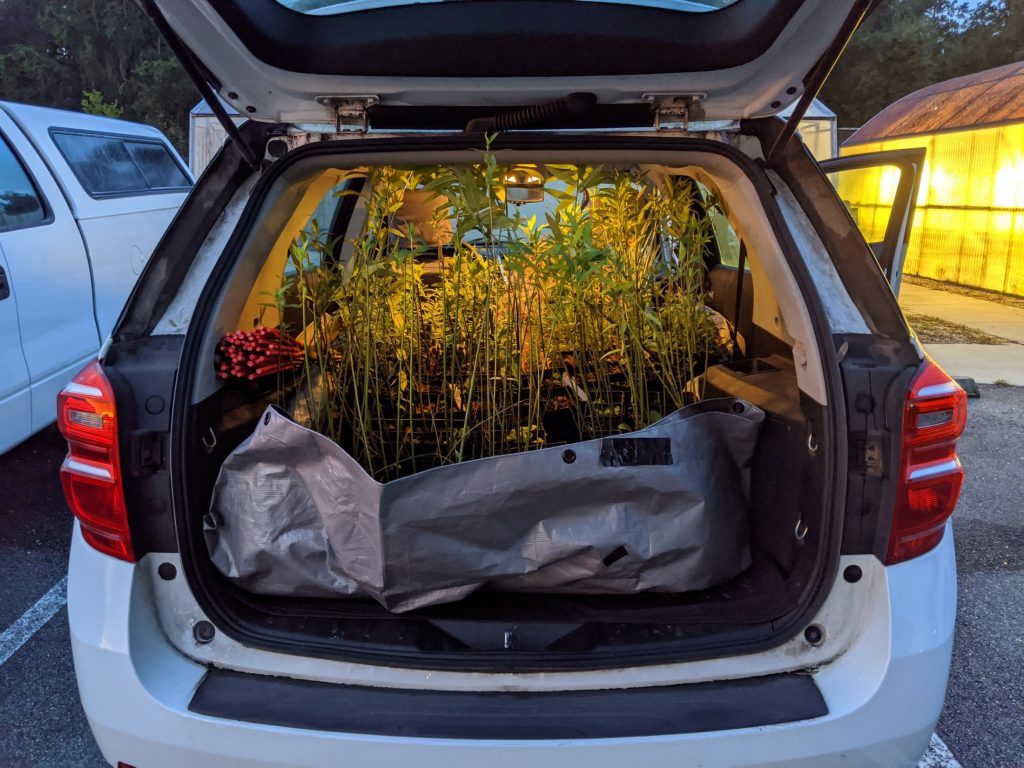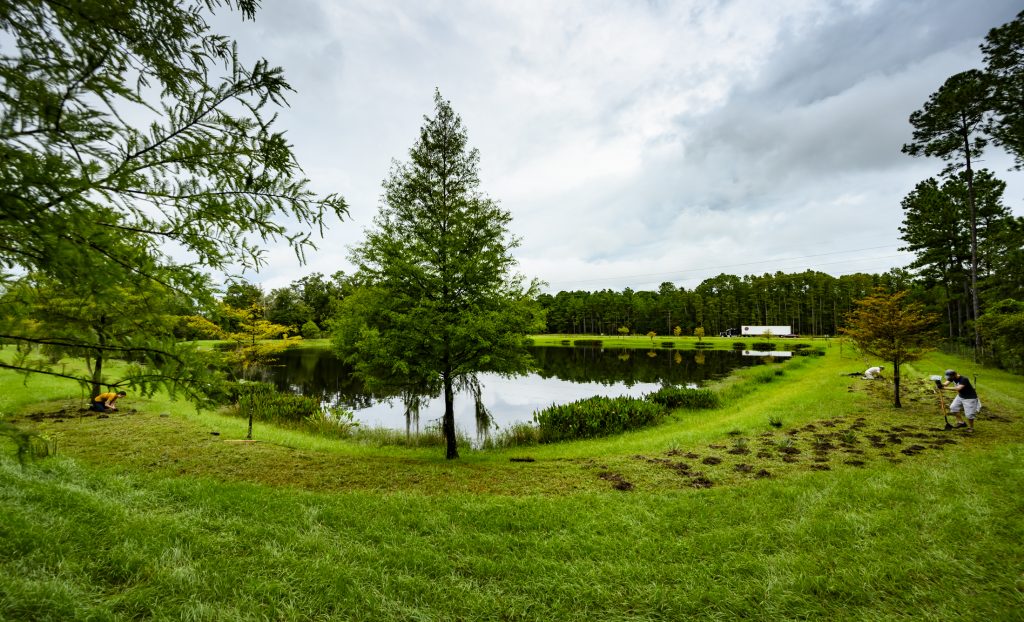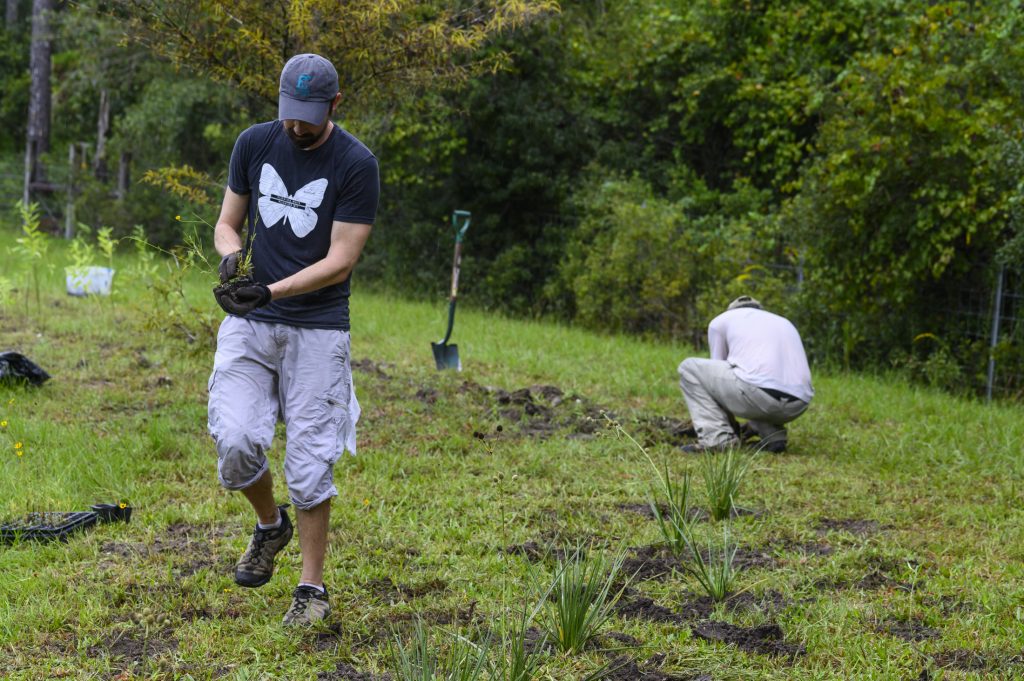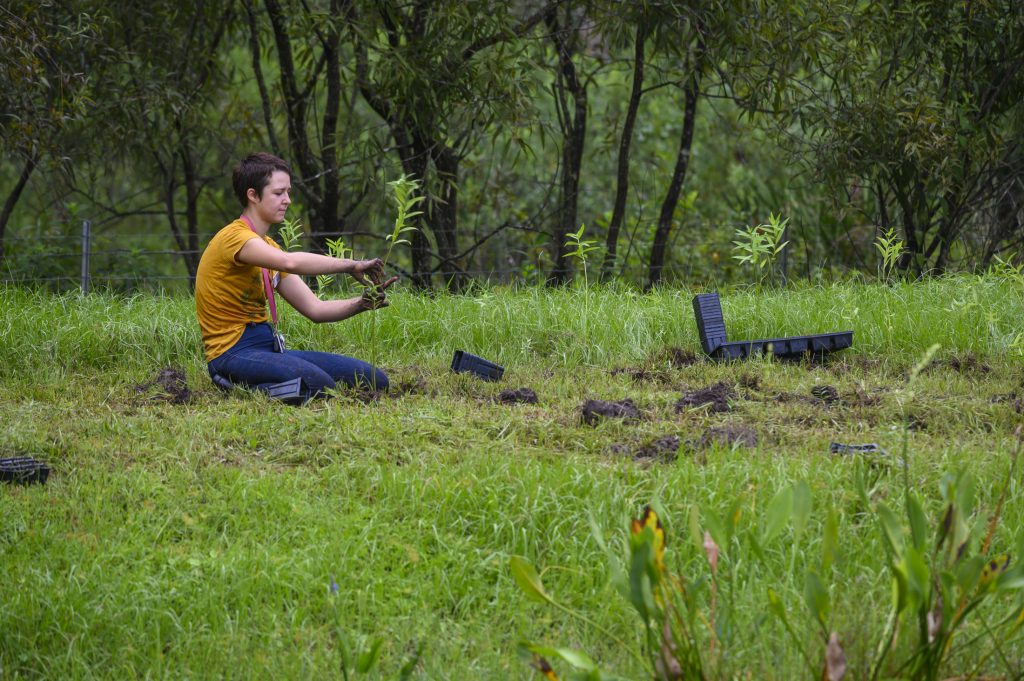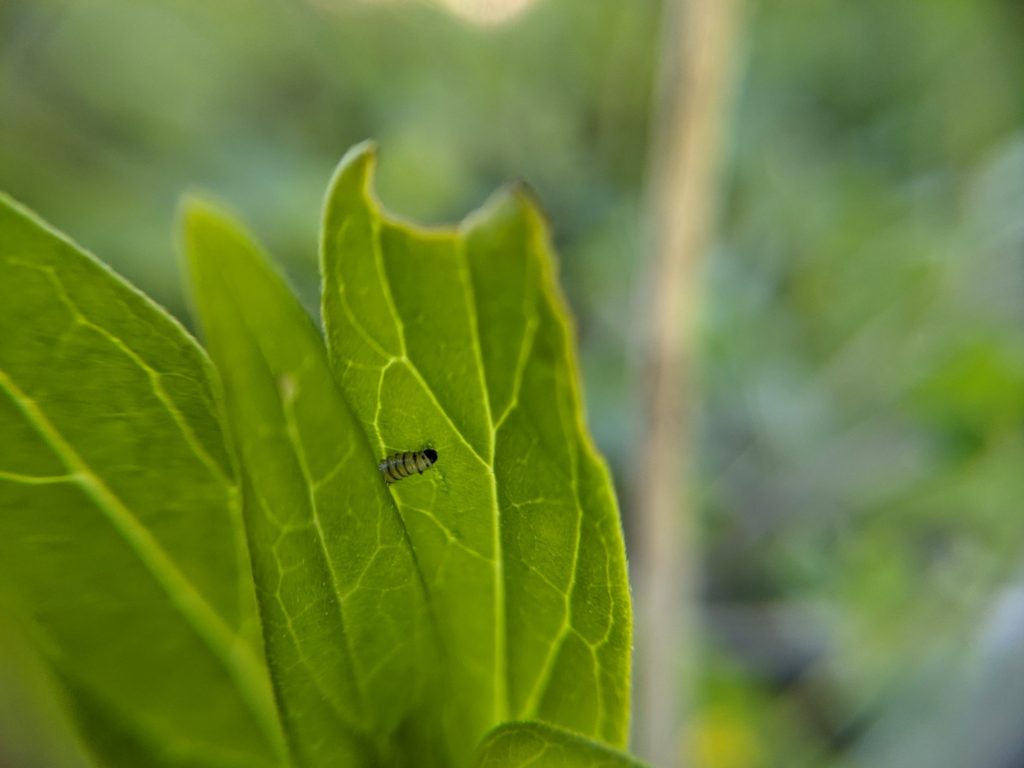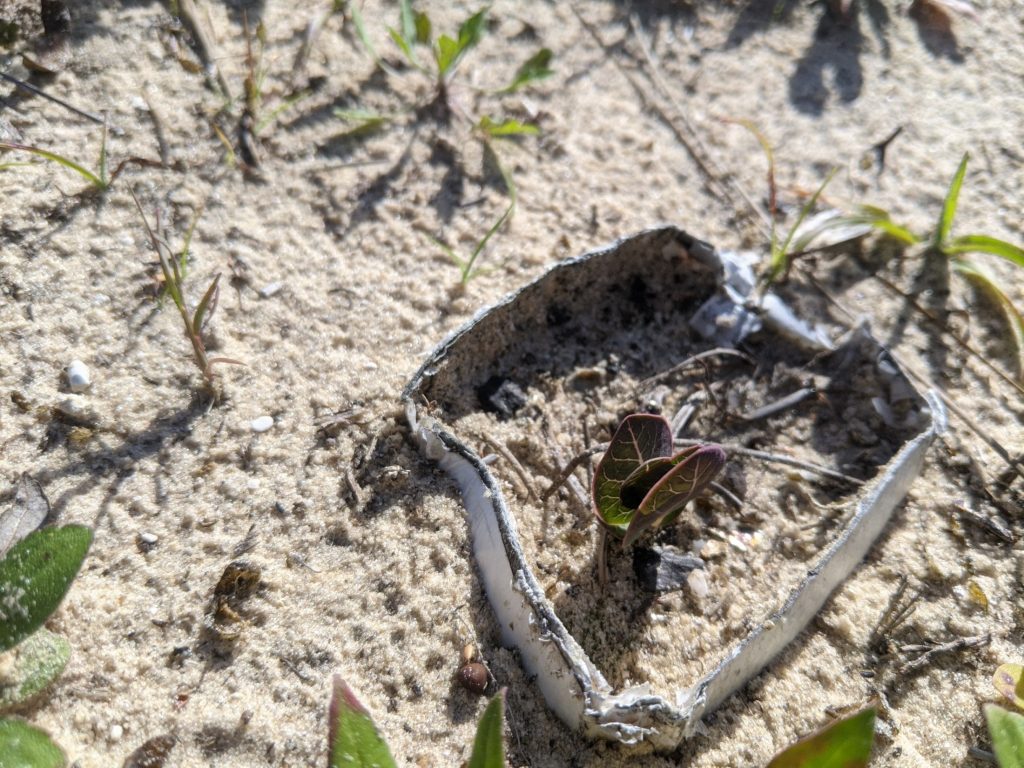The Monarch (Danaus plexippus) is one of the most beloved animals in North America. Beyond being a common garden visitor, it is well known for making an amazing annual migration.
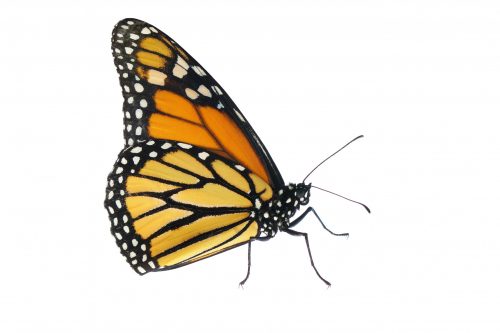 During spring and summer, monarchs breed throughout the U.S. and southern Canada. In the fall, adults of the eastern population migrate to Mexico, flying up to 3,000 miles. In the western U.S., monarchs migrate to scattered groves along the coast of California. The following spring, these butterflies leave their overwintering sites and fly northward in search of milkweed plants on which to lay their eggs. As monarchs spread across North America, several generations are produced.
During spring and summer, monarchs breed throughout the U.S. and southern Canada. In the fall, adults of the eastern population migrate to Mexico, flying up to 3,000 miles. In the western U.S., monarchs migrate to scattered groves along the coast of California. The following spring, these butterflies leave their overwintering sites and fly northward in search of milkweed plants on which to lay their eggs. As monarchs spread across North America, several generations are produced.
Sadly, population monitoring at overwintering sites in Mexico and California has documented steady declines in recent years. Monarchs are threatened by loss and degradation of habitat, disease, adverse weather and the ongoing decline of native milkweeds. Conservation efforts are underway in Florida to augment FDOT retention basins with milkweeds and nectar plants. In 2020 we planted over 500 native milkweeds and 300 nectar plants and seeded other basins with native milkweed and nectar plant species. We will have augmented 15 basins by the end of 2021. Rather than viewing FDOT retention basin rights-of-way as utilitarian stormwater areas, we see the possibility that these marginalized spaces could also function as monarch habitats.
